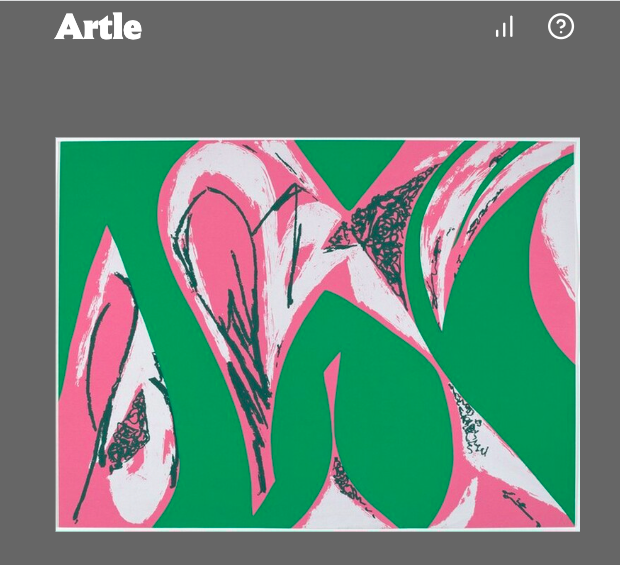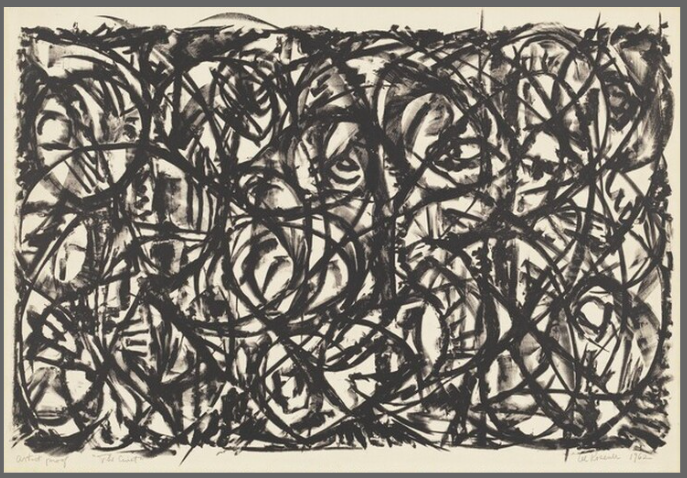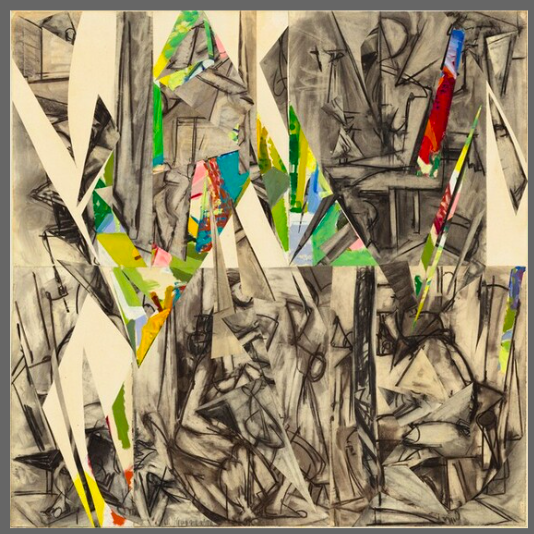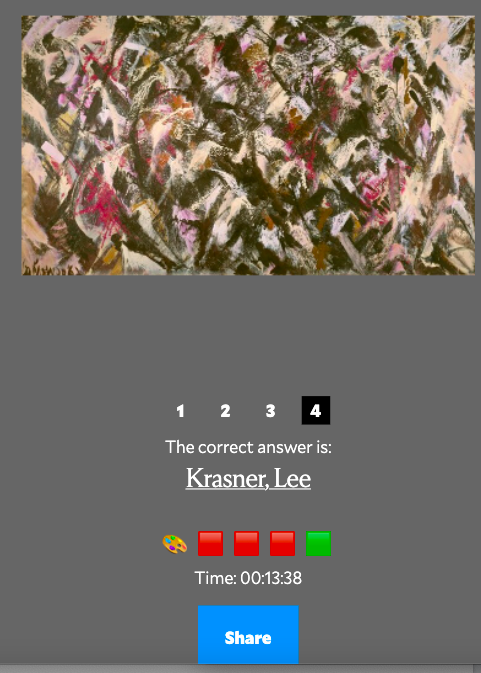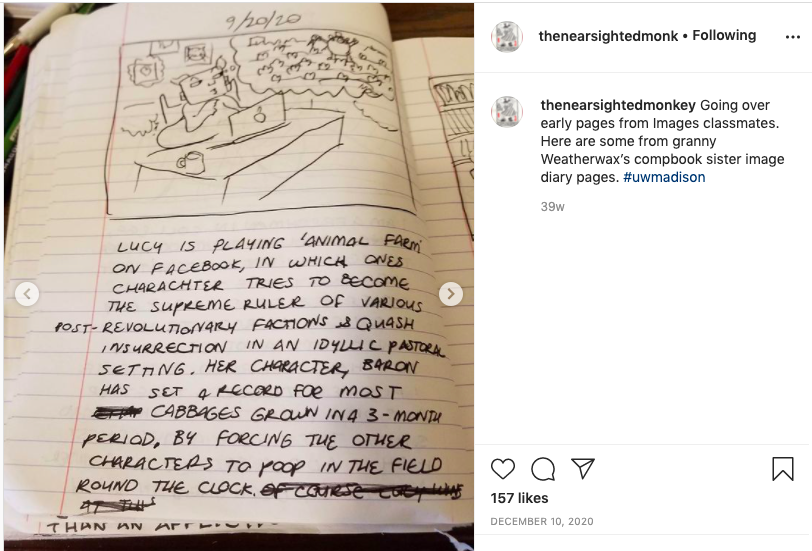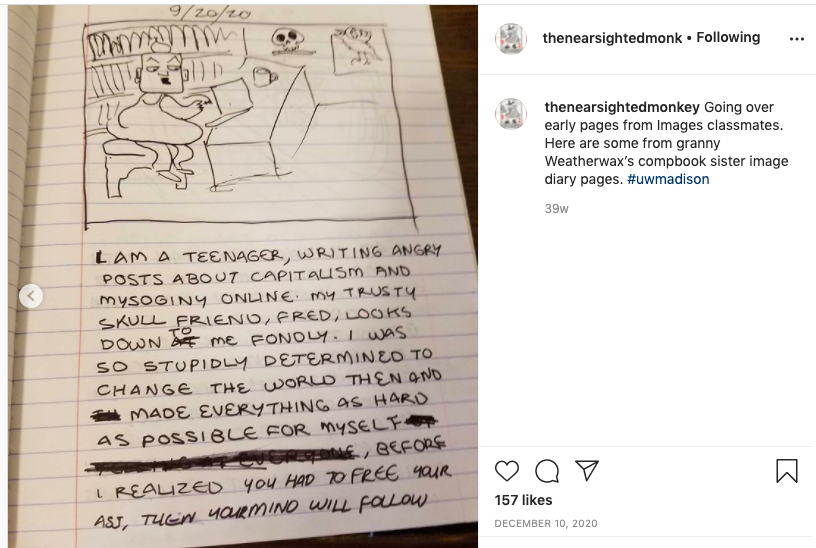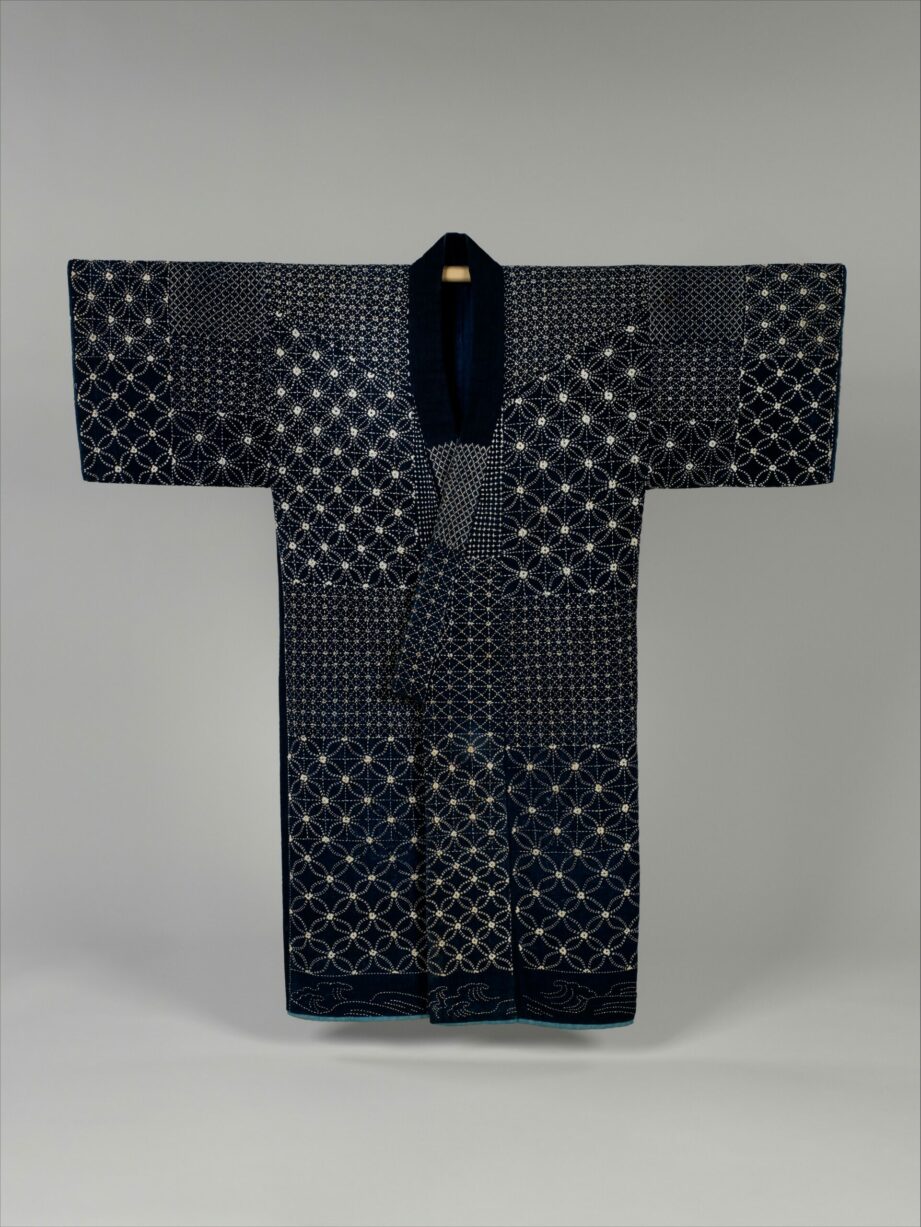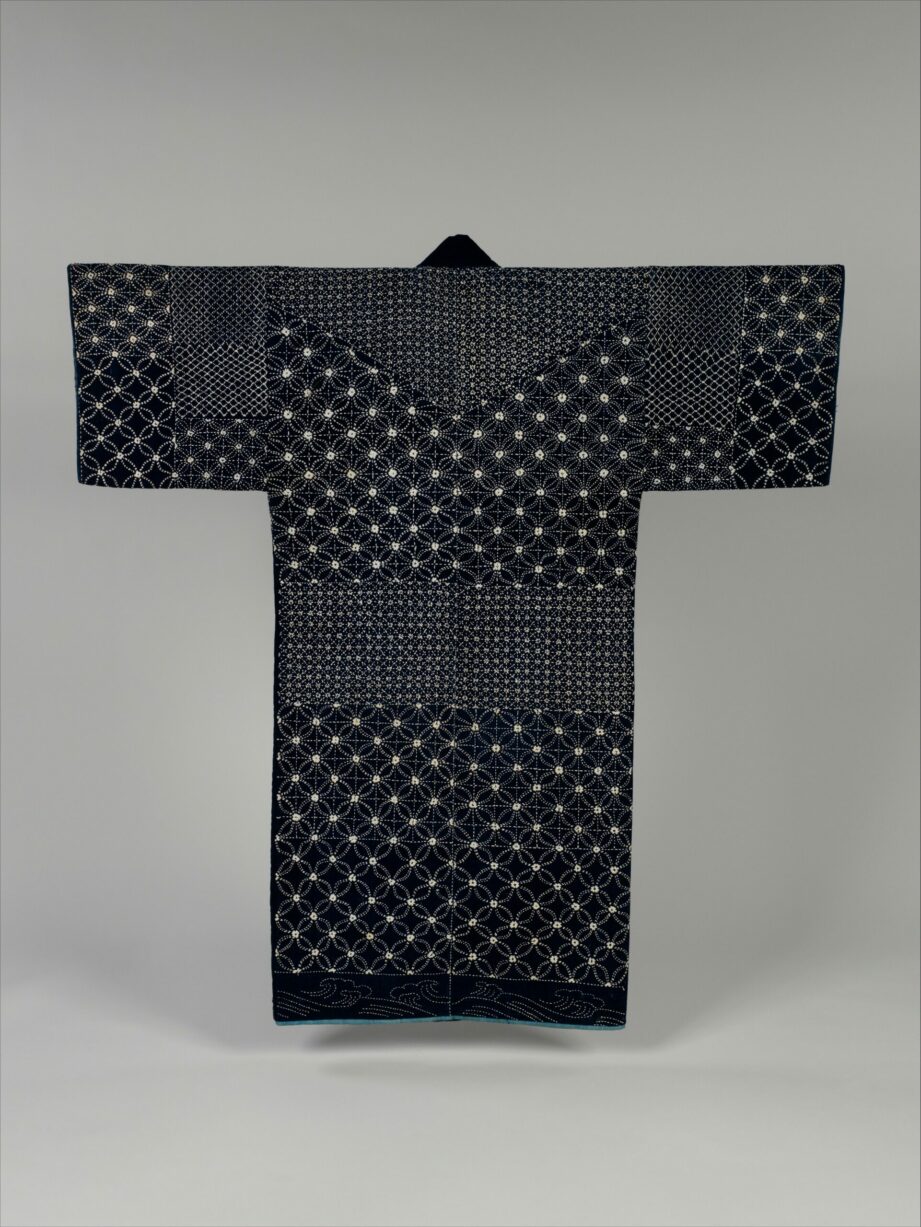This dance is serious. This dance is necessary. Do you feel that change? — David Byrne
Everyone can dance, though some of us need a push from an enthusiastic, encouraging instructor…like singer-songwriter David Byrne.
Movement has long been a hallmark of the former Talking Heads frontman’s performances, when he was a palpably nervous 23-year-old soldiering through one of the band’s first New York City gigs.
Byrne drove the dancing in Talking Heads 1984 concert film, Stop Making Sense and has collaborated with several notable choreographers over the course of his long and varied career.
In 1981, Twyla Tharp commissioned him to write the score for her physically demanding, experimental ballet, The Catherine Wheel.
In 1999, he provided the soundtrack for In Spite of Wishing and Wanting, a 2‑hour work choreographer Wim Vandekeybus created for the men in his company, Ultima Vez.
His most fruitful collaboration has been with Big Dance Theater’s Annie‑B Parson, who choreographed Byrne’s 2012 Love this Giant world tour with St. Vincent, as well as Here Lies Love, his 2013 immersive rock musical about former First Lady of the Philippines Imelda Marcos. Most recently, the pair worked together to adapt Byrne’s American Utopia tour for Broadway.
In an interview with Vulture, Parson recalled questioning why someone with Byrne’s naturally cool physical instincts would seek an outside party to handle the dancing:
I was like, Huh, you’re my favorite choreographer, what are you doing!? Being able to make movement for yourself and being a choreographer are quite different, and he’s not interested in making movement for other people. He is a dancer. Some of the stuff he does in the show he totally made up for himself.
No question about it. The man has moves.
Here’s Parson’s favorite:
He does this thing where he slaps his hands while crossing the stage in Slippery People that’s so amusing to watch. He goes down on the ground at one point in Once in a Lifetime and I asked him what he was doing, and he was like, “Um, I’m going down to the water in the ground.” He’s imagining things and feeling the music. “Loose” wouldn’t be the word because neither of us are loose at all. He’s incredible as an artist in the way he thinks and acts on things. I’ve always felt that I have a huge amount of freedom.
Feel the Byrne next time you hit the dance floor by heading back up to the top of this post and following along with his instructional video for the socially distanced participatory dance experience he co-hosted for two weeks in New York City’s Park Avenue Armory’s 55,000-square-foot Drill Hall.
If only every dance teacher showed up in such a buoyant mood (not to mention a utility kilt and English sand shoes…)
Shake your hips!
Puppet legs!
Hold the traffic!
Vibrating arms!
Those lucky enough to score one of the nightly-assigned dancing spots that ensured SOCIAL! would be, as advertised, a socially distanced dance club, executed these, and other dance moves, that Byrne’s pre-recorded voice called for over the powerful P.A. system.
The New Yorker gave a feel for the proceedings:
Some parts were instructions for line dances; others were more abstract (“Let me see you move like you’re in a new world”) or historical (“This song is by the first interracial band to play Carnegie Hall”); some were idiosyncratic Byrnisms (“C’mon, baby, let’s think about your tendons”).
Reporters for Vanity Fair and the New York Times (who felt reassured that Byrne is “himself an invitingly imperfect dancer”) listed some of the steps they’d attempted at Byrne’s behest:
Hand-sanitizing (“You’ve got too much! Flick it front, flick it behind!”)
Threaded through crowds on a New York City sidewalk (“Don’t step on that pizza!”)
Move like a zombie
Double-dutch
Backstroke
Reach for the rafters (“Maybe you’re raising your hand in praise or to feel the light or to represent—or because you have a question. Is anybody answering your question? So much uncertainty these days.”)
Presumably, they, like Late Show host Stephen Colbert, below, also learned to “polish the plates.”
I Dance Like This by David Byrne
I’m working on my dancing
This is the best I can do
I’m tentatively shaking
You don’t have to look
Can’t say I’m sorry
I can’t say I’m ashamed
Can’t think of tomorrow
When it seems so far away
We dance like this
Because it feels so damn good
If we could dance better
Well you know that we would
For even more inspiration, check out the Instagram account Daily David Byrne Dances.
Related Content
Watch a Very Nervous, 23-Year-Old David Byrne and Talking Heads Performing Live in NYC (1976)
- Ayun Halliday is the Chief Primatologist of the East Village Inky zine and author, most recently, of Creative, Not Famous: The Small Potato Manifesto. Follow her @AyunHalliday.
